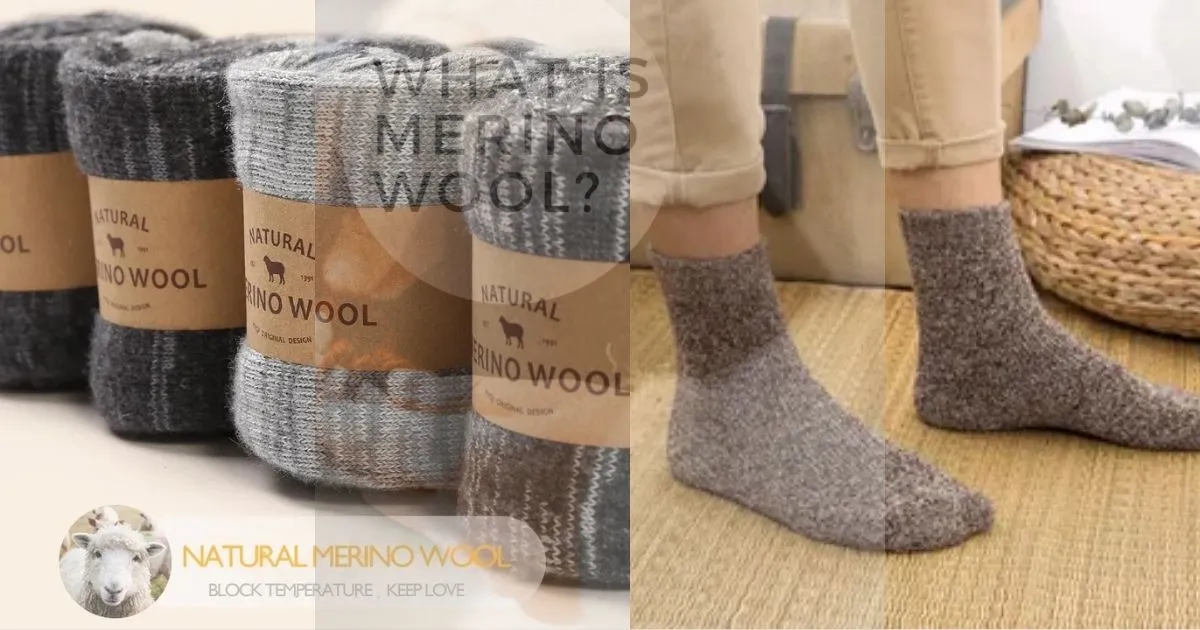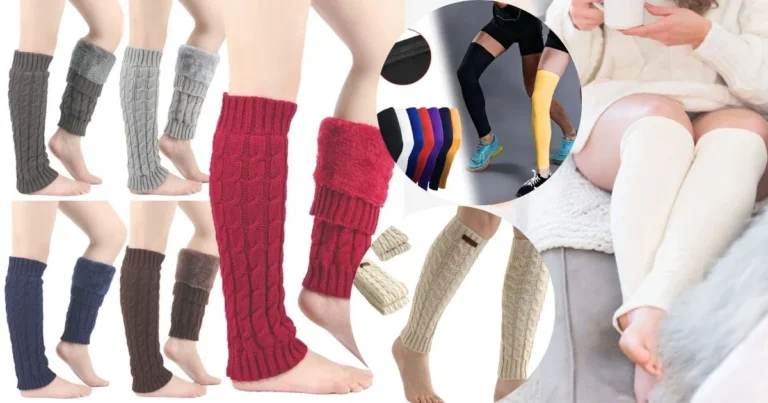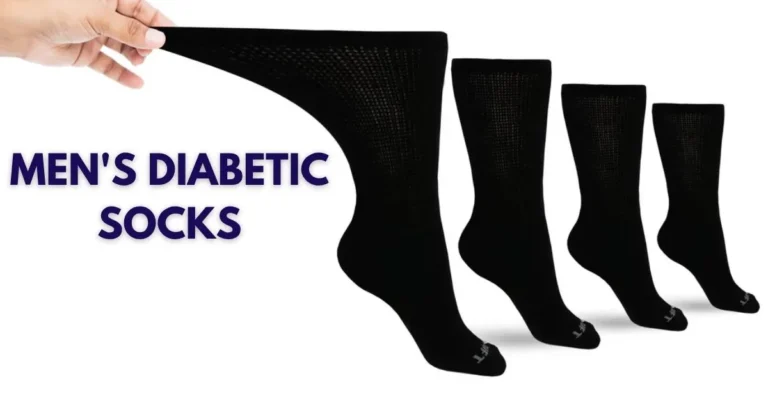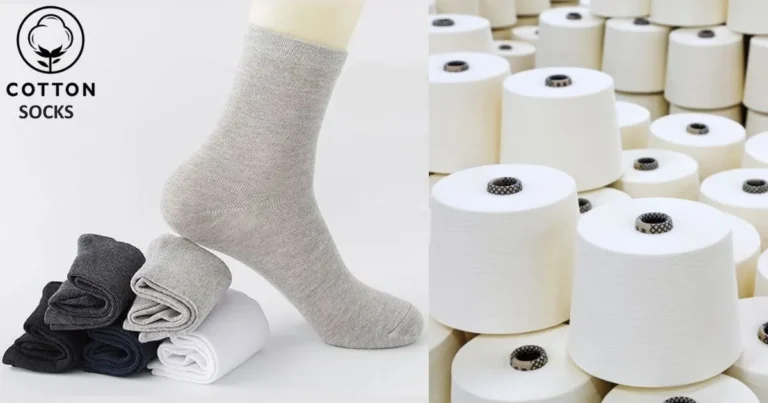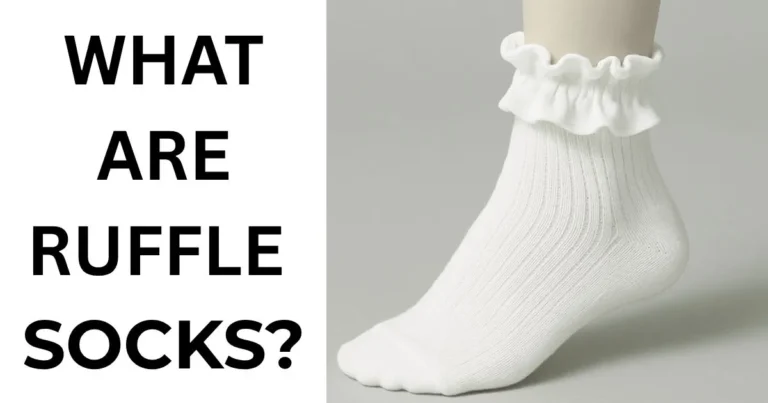Merino Wool Socks
Why Merino Wool Socks Are Worth It: The Complete Guide
Merino wool is one of nature’s most impressive materials, loved for its softness, warmth, and ability to adapt to any weather. Unlike the scratchy wool you might be used to, Merino wool is incredibly fine, smooth, and comfortable to wear, making it the perfect choice for high-quality socks.
This exceptional wool comes from Merino sheep, which are raised in the rugged climates of New Zealand and Australia. Once a year, these sheep are sheared in a process that’s done with care and respect. The wool is then cleaned, spun into fine yarn, and woven into fabric that can be made into Merino wool socks.
What Makes Merino Wool Socks Unique?
The making of Merino wool socks isn’t just about knitting a pair of socks together; it’s about preserving the natural qualities of the wool. The fibers are carefully processed to ensure they maintain their moisture-wicking, odor-resistant, and temperature-regulating properties.
What you get is a pair of socks that not only feel incredibly soft but are also durable and built to last, no matter how tough your day gets.
Merino wool socks are a top pick for anyone who values comfort, durability, and eco-friendly materials. These socks provide outstanding performance whether you’re running a marathon, hiking rough terrain, or simply going to the office.mance. What makes Merino wool socks unique, how to pick the best pair, and how to maintain their quality are all covered in this guide. Let’s dive in!
Top Benefits of Merino Wool Socks
Merino wool socks offer features that outshine other materials. Here’s why they’re a smart choice:
1. Incredible Softness
Merino wool feels silky against the skin, unlike coarser wool that can scratch. Its fine fibers make it gentle enough for sensitive feet, so you can wear these socks all day without discomfort.
2. Temperature Control
Merino wool keeps your feet at the right temperature. It retains warmth in chilly weather and releases heat in warmer conditions, making it perfect for use all year round.
3. Odor Resistance
You can wear these socks for days without them smelling because merino wool naturally resists odors. For those who lead busy lives, such as hikers or tourists, this is a huge plus.
4. Moisture Management
These socks pull sweat away from your skin and let it evaporate. Dry feet mean fewer blisters, making Merino wool great for long walks, runs, or intense workouts.
5. Eco-Friendly Choice
Merino wool is a renewable resource since sheep produce new wool each year. It’s also biodegradable, breaking down naturally over time, unlike synthetic fabrics. Many Merino farms adopt sustainable practices, minimising their environmental footprint.
6. Built to Last
Merino wool is tough and resists pilling or stretching. When properly maintained, these socks last for many years, ultimately saving you money.
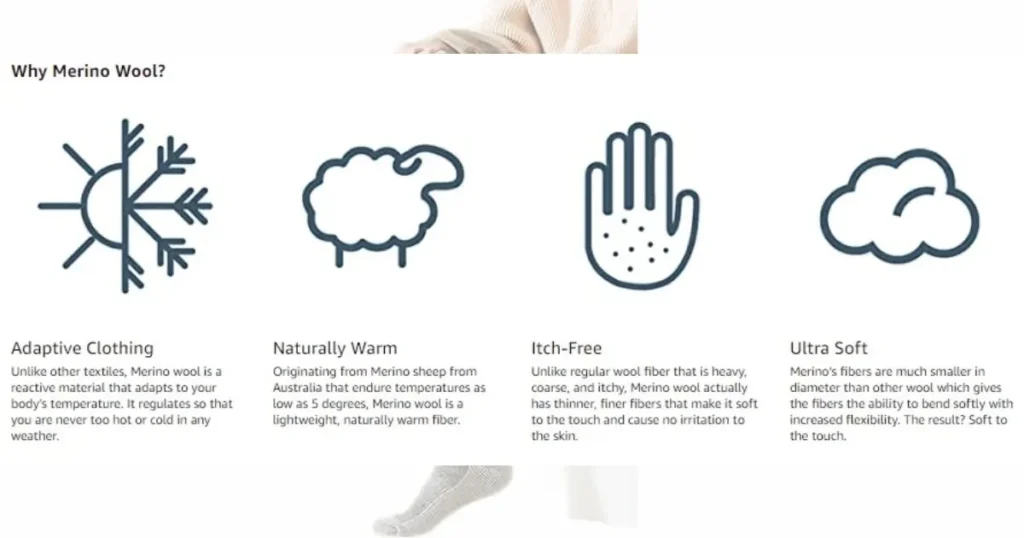
Types of Merino Wool Socks
Merino wool socks come in styles tailored to different needs. Here’s a quick look:
Hiking Socks: Thick and cushioned for trail comfort and blister prevention.
Running Socks: Thin and breathable with arch support for performance.
Everyday Socks: Lightweight for work or casual wear.
Winter Socks: Extra insulation for cold days.
Compression Socks: Blend Merino with elastic fibers to boost circulation, great for travel or standing.
Choosing the Best Merino Wool Socks
Choosing the right pair depends on your needs. Keep these factors in mind:
Micron Count: Lower microns (18.5 or below) mean softer socks.
Thickness: Thin socks work for warm weather; thicker ones suit cold climates or hiking.
Fit: Snug socks with cushioned soles or reinforced heels reduce blisters.
Material Blends: Many socks mix Merino with nylon or elastane for stretch and strength. Look for at least 60% Merino wool.
Certifications: Choose socks with Responsible Wool Standard (RWS) or ZQ Merino labels for ethical sourcing.
Height: Pick ankle, crew, or knee-high socks based on your activity.
Merino Wool vs. Regular Wool
Merino wool originates from Merino sheep, primarily found in Australia and New Zealand. With its fine fibres measuring 15-25 microns, it’s soft and versatile, making it ideal for socks, base layers, jumpers, and high-end fashion. Merino wool socks are renowned for their comfort and performance in a range of activities.
Typical wool comes from a variety of sheep breeds, such as Romney or Corriedale. It is frequently used in blankets, carpets, and thicker sweaters where softness isn’t a top priority because its coarser fibers (25–40 microns) can feel scratchy. For active use, regular wool socks are usually less comfortable but still warmer.
| Feature | Merino Wool | Regular Wool |
| Fiber Size | Fine (15-25 microns), soft and non-itchy | Coarser (25-40 microns), can be itchy |
| Softness | Very soft, ideal for sensitive skin in socks | Less soft, may irritate skin in socks |
| Temperature Regulation | Excellent; keeps feet warm or cool, great for all seasons | Good for warmth, less effective in hot weather |
| Moisture-Wicking | Wicks sweat and dries quickly, prevents blisters in socks | Absorbs moisture, stays damp, higher blister risk |
| Odor Resistance | Wicks sweat and dries quickly; prevents blisters in socks | Less odor-resistant, socks need frequent washing |
| Durability | Strong, resists pilling, socks last years with care | Durable but prone to pilling, socks may wear out faster |
| Sustainability | Renewable, biodegradable, often ethically sourced (RWS/ZQ certifications) | Renewable, biodegradable, but varies in ethical sourcing |
| Cost | More expensive, socks offer long-term value | Cheaper, socks are budget-friendly but less versatile |
| Best for Socks | Hiking, running, daily wear, sensitive skin | Cold weather, casual use, budget-conscious buyers |
Caring for Your Merino Wool Socks
Merino wool socks are a breeze to look after if you follow these simple tips:
- Wash Less Often: Odor resistance means you can wear them multiple times. Spot clean small stains.
- Use Cold Water: Hand wash or use a gentle machine cycle with wool-safe detergent.
- Air dry only: Don’t use a dryer to prevent shrinkage. Lay the socks flat to dry.
- Store Smart: Keep in a cool, dry place. Cedar blocks can protect against moths.
Merino Wool Socks vs. Other Materials
How do Merino wool socks stack up against other fabrics? Here’s a comparison:
- Merino Wool vs. Cotton: Cotton holds moisture, increasing blister risk. Merino wicks sweat and dries fast.
- Merino Wool vs. Polyester: Polyester isn’t biodegradable and feels less breathable. Merino is softer and greener.
- Merino Wool vs. Alpaca: Alpaca is warmer but less versatile. Merino excels for activewear due to moisture control.
Styling Merino Wool Socks
Merino wool socks work for any occasion. Try these ideas:
- Outdoor Activities: Pair hiking socks with sturdy boots for trail comfort.
- Casual Outfits: Wear thin socks with sneakers and jeans for a laid-back look.
- Work Attire: Choose dress-style Merino socks for breathability under dress shoes.
- Winter Wear: Thick socks with boots keep feet warm in cold weather.
Why Merino Wool Socks Are a Great Investment
Merino wool socks have a higher initial cost, but they are worth it because of their performance and durability. They outlast cheaper socks, saving money over time. Their ability to work in any season adds versatility, and their eco-friendly nature appeals to sustainable shoppers.
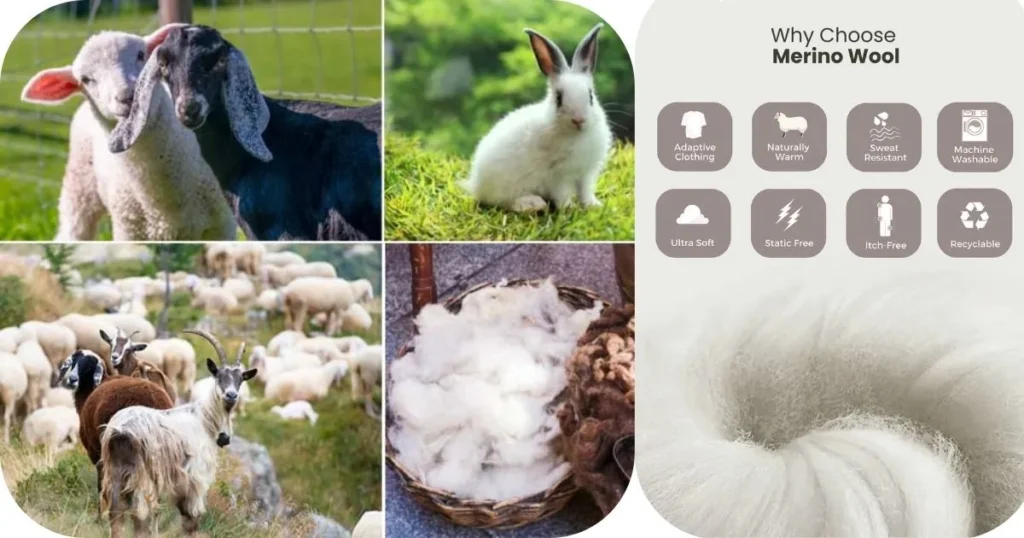
Tips for Buying Merino Wool Socks
Make the right choice with these shopping tips:
Read Reviews: Check feedback on comfort, fit, and durability.
Check Wool Content: Aim for 60% or higher Merino wool for the best benefits.
Look for Deals: Brands often discount socks during outdoor or seasonal sales.
Verify Returns: Ensure you can return socks if the fit isn’t right.
Why Merino Wool Socks Are Eco-Friendly
Merino wool socks are a win for the planet. Here’s why:
Biodegradable: They break down naturally, unlike synthetic socks.
Renewable: Sheep produce wool yearly, ensuring a sustainable supply.
Low Impact: Ethical farms use less water and energy than synthetic fabric makers.
Best Uses for Merino Wool Socks
Merino wool socks shine in specific scenarios:
- Hiking: Cushioning and moisture-wicking prevent blisters on long trails.
- Running: Lightweight designs with support boost comfort and performance.
- Travel: Odor resistance lets you pack light for long trips.
- Cold Weather: Insulating layers keep feet warm without overheating.
- Work: Thin socks offer all-day comfort for standing or sitting.
FAQs
Final Thoughts
Merino wool socks are an excellent option for anyone looking for sustainability, comfort, and durability. Their softness, ability to regulate temperature, and resistance to odor make them perfect for everyday wear, running, and hiking. With simple care, they last years, offering great value. Whether you’re hitting the trails or dressing for work, Merino wool socks keep your feet happy. Invest in a pair and discover why they’re a favorite for so many!

